|
Buick Special
The Buick Special was an automobile produced by Buick. It was usually Buick's lowest-priced model, starting out as a full-size car in 1936 and returning in 1961 (after a two-year hiatus) as a mid-size. The Special was built for several decades and was offered as a coupe, sedan and later as a station wagon. When GM modernized their entry level products in the 1960s, the Special introduced the modern Buick V6 that became the core engine for GM for several decades and lives on in current upgraded V6 products. By 1970, Special was no longer offered as a standalone model but the name would later be used for the entry trim on 1975 to 1979 and 1991 to 1996 Century models. The entry level Buick can trace its heritage to the Buick Model 10, a companion to Buick's first car, the Buick Model B. The Model 10 started out as one of the independent brands merged into Buick, called the Janney. Series 40 (1930, 1934–1935) When the Series 40 was introduced, it had the overhead valve Buick S ... [...More Info...] [...Related Items...] OR: [Wikipedia] [Google] [Baidu] |
Buick
Buick () is a division of the American automobile manufacturer General Motors (GM). Started by automotive pioneer David Dunbar Buick in 1899, it was among the first American marques of automobiles, and was the company that established General Motors in 1908. Before the establishment of General Motors, GM founder William C. Durant had served as Buick's general manager and major investor. In the North American market, Buick is a premium automobile brand, selling luxury vehicles positioned above GM's mainstream brands, while priced below the flagship luxury Cadillac division. Buick's current target demographic according to ''The Detroit News'' is "a successful executive with family." After securing its market position in the late 1930s, when junior companion brand Marquette and Cadillac junior brand LaSalle were discontinued, Buick was positioned as an upscale luxury car below the Cadillac. During this same time period, many manufacturers were introducing V8 engines in their ... [...More Info...] [...Related Items...] OR: [Wikipedia] [Google] [Baidu] |
Flint Wagon Works
Flint Wagon Works of Flint, Michigan, manufactured wagons from the early 1880s. One of the world's most successful horse-drawn vehicle makers they formed with their Flint neighbours a core of the American automobile industry. In 1905 Flint was promoting itself as ''Flint the Vehicle City''. The former site is now located in the neighborhood of Flint as "Carriagetown". Flint Wagon Works brought the automotive industry to Flint by buying David Buick's Detroit business and moving it to Flint. Overburdened with debt and litigation Flint Wagon Works shareholders sold their business to William C. Durant as of October 12, 1911. Durant took the useful parts of the business and began to manufacture Little automobiles. Sales were hindered by poor quality product and their unappealing brandname and Durant put Little into Chevrolet in 1913. After GM assumed operations, it became the manufacturing location of what later became Chevrolet Flint Manufacturing. Founding Wagons — Flint's Big T ... [...More Info...] [...Related Items...] OR: [Wikipedia] [Google] [Baidu] |
Buick-Oldsmobile-Pontiac Assembly Division
Buick-Oldsmobile-Pontiac Assembly Division was a designation applied from 1933–1965 to a group of factories operated by General Motors. The approach was modeled after the Chevrolet Assembly Division where cars were assembled from knock down kits originating from Flint Assembly and a collection of sites Chevrolet used before the company became a part of General Motors in 1917. The terminology is confusing because most plants assembled more than just Chevrolet or B-O-P, and refers to the management structure only. The five brands originated vehicles from their respective "home" plants, where vehicles were assembled locally for their respective regions. Vehicles were also produced in "knock-down" kits and sent to the branch assembly locations. The "home" branches for both Buick and Chevrolet were in Flint, Michigan at two separate locations; Oldsmobile at Lansing, Michigan; Pontiac at Pontiac, Michigan; and Cadillac at Detroit, Michigan. Plants operating under Chevrolet Assembly man ... [...More Info...] [...Related Items...] OR: [Wikipedia] [Google] [Baidu] |
Fisher Body
Fisher Body was an automobile coachbuilder founded by the Fisher brothers in 1908 in Detroit, Michigan. A division of General Motors for many years, in 1984 it was dissolved to form other General Motors divisions. Fisher & Company (originally Alloy Metal Products) continues to use the name. The name and its iconic "Body by Fisher" logo were well known to the public, as General Motors vehicles displayed a "Body by Fisher" emblem on their door sill plates until the mid-1990s. Fisher brothers Fisher Body's beginnings trace back to a horse-drawn carriage shop in Norwalk, Ohio, in the late 1800s. Lawrence P. Fisher (1852 Peru, Ohio – 1921, Norwalk, Ohio) and his wife Margaret Theisen (1857 Baden, Germany – 1936 Detroit, Michigan) had a large family of eleven children; seven were sons who would become part of the Fisher Body Company in Detroit. Lawrence and Margaret were married in Sandusky, Ohio, in 1876. Margaret Theisen Fisher lived in Detroit after her husband died. The Fish ... [...More Info...] [...Related Items...] OR: [Wikipedia] [Google] [Baidu] |
Quarter Glass
Quarter glass (or quarter light) on automobiles and closed carriages may be a side window in the front door or located on each side of the car just forward of the rear-facing rear window of the vehicle. Only some cars have them. In some cases, the fixed quarter glass may set in the corner or "C-pillar" of the vehicle. Quarter glass is also sometimes called a valence window.(AKA quarter lite) This window may be set on hinges and is then also known as a vent window, wing window, wing vent window, or a fly window. Most often found on older vehicles on the front doors, it is a small roughly triangular glass in front of and separate from the main window that rotates inward (see top right image) for ventilation. Designs Many early closed cars, such as the 1933 Pontiac Economy Eight had front and rear vent windows called "ventiplanes" and were installed on all GM products that year. It has hinges and a latch, so it can be opened for additional ventilation. 1933 was the first year ... [...More Info...] [...Related Items...] OR: [Wikipedia] [Google] [Baidu] |
Manual Transmission
A manual transmission (MT), also known as manual gearbox, standard transmission (in Canada, the United Kingdom, and the United States), or stick shift (in the United States), is a multi-speed motor vehicle transmission (mechanics), transmission system, where gear changes require the driver to manually select the gears by operating a gear stick and clutch (which is usually a foot pedal for cars or a hand lever for motorcycles). Early automobiles used ''sliding-mesh'' manual transmissions with up to three forward gear ratios. Since the 1950s, ''constant-mesh'' manual transmissions have become increasingly commonplace and the number of forward ratios has increased to 5-speed and 6-speed manual transmissions for current vehicles. The alternative to a manual transmission is an automatic transmission; common types of automatic transmissions are the Automatic transmission#Hydraulic automatic transmissions, hydraulic automatic transmission (AT), and the continuously variable transmissio ... [...More Info...] [...Related Items...] OR: [Wikipedia] [Google] [Baidu] |
Synchromesh
A manual transmission (MT), also known as manual gearbox, standard transmission (in Canada, the United Kingdom, and the United States), or stick shift (in the United States), is a multi-speed motor vehicle transmission system, where gear changes require the driver to manually select the gears by operating a gear stick and clutch (which is usually a foot pedal for cars or a hand lever for motorcycles). Early automobiles used ''sliding-mesh'' manual transmissions with up to three forward gear ratios. Since the 1950s, ''constant-mesh'' manual transmissions have become increasingly commonplace and the number of forward ratios has increased to 5-speed and 6-speed manual transmissions for current vehicles. The alternative to a manual transmission is an automatic transmission; common types of automatic transmissions are the hydraulic automatic transmission (AT), and the continuously variable transmission (CVT), whereas the automated manual transmission (AMT) and dual-clutch transmissio ... [...More Info...] [...Related Items...] OR: [Wikipedia] [Google] [Baidu] |
Buick Straight-8 Engine
The Buick Straight-8 engine (Fireball 8) was produced from 1931 to 1953 and sold in Buick automobiles, replacing the Buick Straight-6 engine across the board in all models in 1931. Like many American automobile makers, Buick adopted the straight-eight engine in 1931 as a more powerful alternative to the previous engines. Design Unlike most other car makers at the time, Buick had been using a valve-in-head/OHV overhead valve reverse-flow cylinder head design or I-head since their inception and continued this practice in their straight-eight designs. The engine was sold in different displacements depending on the model of car and the year and was constructed upon two distinct (possibly more) block castings. The engine block in the smaller displacement versions internally resembled the 1937-53 inline Chevrolet 216, 235 & 261" straight six (the combustion chamber design was quite different), albeit with additional cylinders. The large block version (320 cid and 345 cid; use ... [...More Info...] [...Related Items...] OR: [Wikipedia] [Google] [Baidu] |
Buick Straight-6 Engine
The Buick Straight 6 was an engine manufactured by Buick from 1914–1930 and was exclusively used in the Buick Six platform, then later in the Buick Master Six and Buick Standard Six. They were OHV, like their previous engines, as Buick had been almost exclusively using overhead valve engines since the Model B in 1904. The engine also had the starter and generator in a single unit. The first six cylinders engine was cast in pairs (3x2 cylinders). The 224 and 242 CID did not have a removable cylinder head, meaning the cylinders and valves came off as a unit, (although with the valves in cages, the cages were removable individually), and pistons had to come out of the bottom of the unit as it was removed. This was colloquially called a "jughead" engine, since the jugs (cylinders) came off with the head. Since 1924, all engines had a removable head. They had a displacement ranging from depending on year and model. In 1925 the series was divided into the lower priced Buick Standard Si ... [...More Info...] [...Related Items...] OR: [Wikipedia] [Google] [Baidu] |
GM B Platform
The B platform (also known as the B body) is a full-size rear-wheel drive car platform that was produced by General Motors (GM) from 1926 to 1996. Originally made for Oldsmobile and Buick, all of General Motors's five main makes would use it at some point. It was closely related to the original rear-wheel drive C and D platforms, and was used for convertibles, hardtops, coupes, sedans, and station wagons. With approximately 12,960,000 units built, divided across four marques, the 1965-70 B platform is the fourth best selling automobile platform in history after the Volkswagen Beetle, Ford Model T and the Fiat 124. Originally, the B platform was used for Buick and Oldsmobile products, with the A platform for Chevrolet and Oakland, and the C and D platforms devoted to Cadillac. During the General Motors companion make program, Vikings and Marquettes were also manufactured on this platform, as were La Salles from 1936 to 1940. The B platform became GM's base model platf ... [...More Info...] [...Related Items...] OR: [Wikipedia] [Google] [Baidu] |
Front-engine, Rear-wheel-drive Layout
In automotive design, a FR, or front-engine, rear-wheel-drive layout is one where the engine is located at the front of the vehicle and driven wheels are located at the rear via a drive shaft. This was the traditional automobile layout for most of the 20th century. Modern designs commonly use the front-engine, front-wheel-drive layout (FF). It is also used in high-floor buses and school buses. Front mid-engine, rear-wheel-drive layout In automotive design, a front mid-engine, rear-wheel-drive layout (FMR) is one that places the engine in the front, with the rear wheels of vehicle being driven. In contrast to the front-engine, rear-wheel-drive layout (FR), the engine is pushed back far enough that its center of mass is to the rear of the front axle. This aids in weight distribution and reduces the moment of inertia, improving the vehicle's handling. The mechanical layout of an FMR is substantially the same as an FR car. Some models of the same vehicle can be classified as ... [...More Info...] [...Related Items...] OR: [Wikipedia] [Google] [Baidu] |
Full-size Car
Full-size car—also known as large car—is a vehicle size class which originated in the United States and is used for cars larger than mid-size cars, it is the largest size class for cars. In Europe, it is known as E-segment or F-segment. After World War II, the majority of full-size cars have used the sedan and station wagon body styles, however in recent years most full-size cars have been sedans. The highest-selling full-size car nameplate is the Chevrolet Impala, sold as a full-size car from 1958 to 1986, 1994 to 1996, and from 2000 to 2020. Current definition The United States Environmental Protection Agency (EPA) ''Fuel Economy Regulations for 1977 and Later Model Year'' (dated July 1996) includes definitions for classes of automobiles. Based on the combined passenger and cargo volume, ''large cars'' (full-size cars) are defined as having an ''interior volume index'' of more than for sedan models, or for station wagons. Engines From the introduction of the Ford Fl ... [...More Info...] [...Related Items...] OR: [Wikipedia] [Google] [Baidu] |
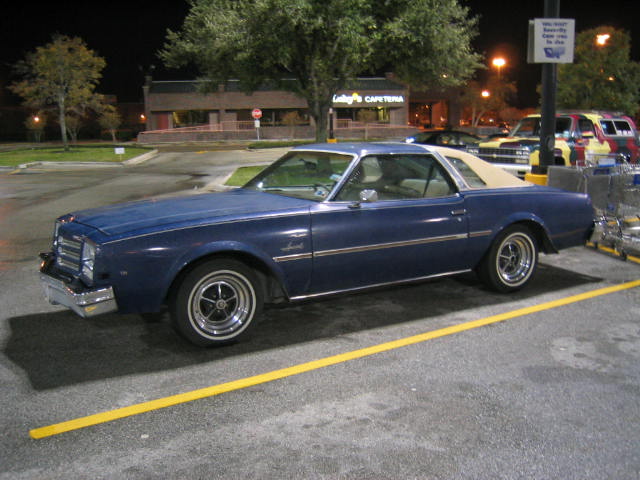
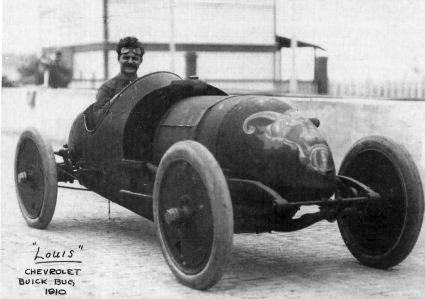
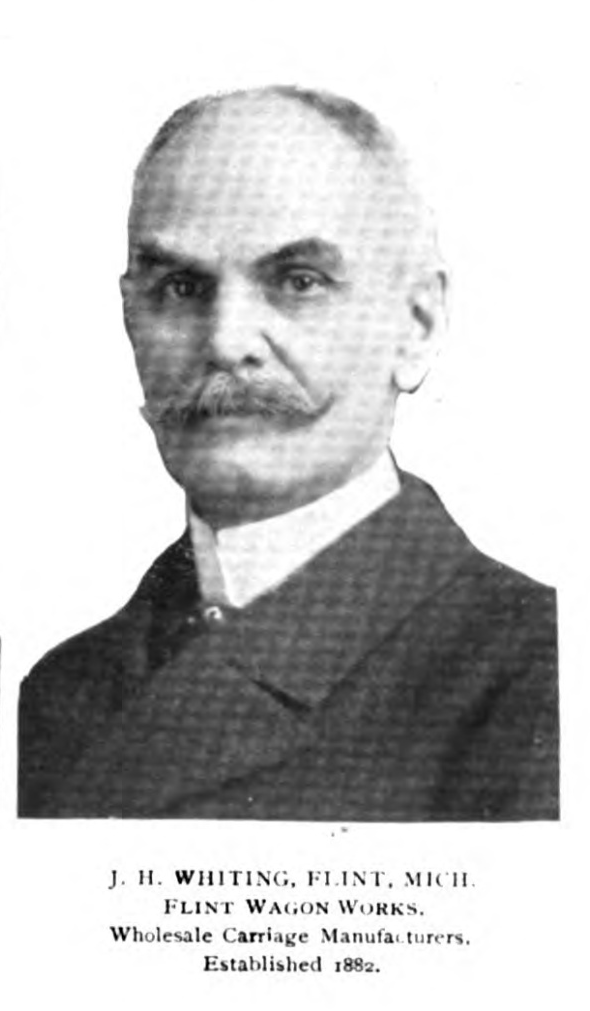
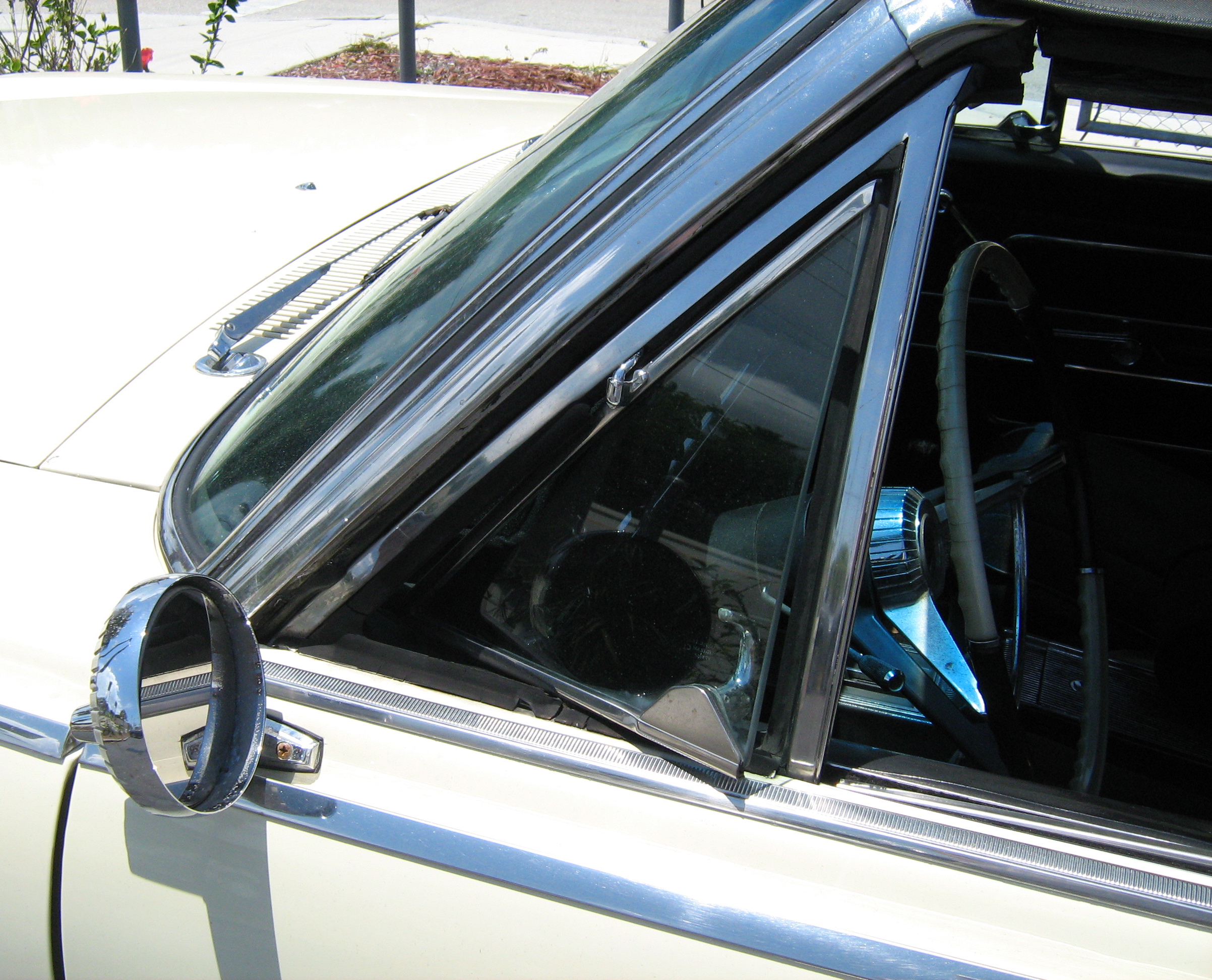


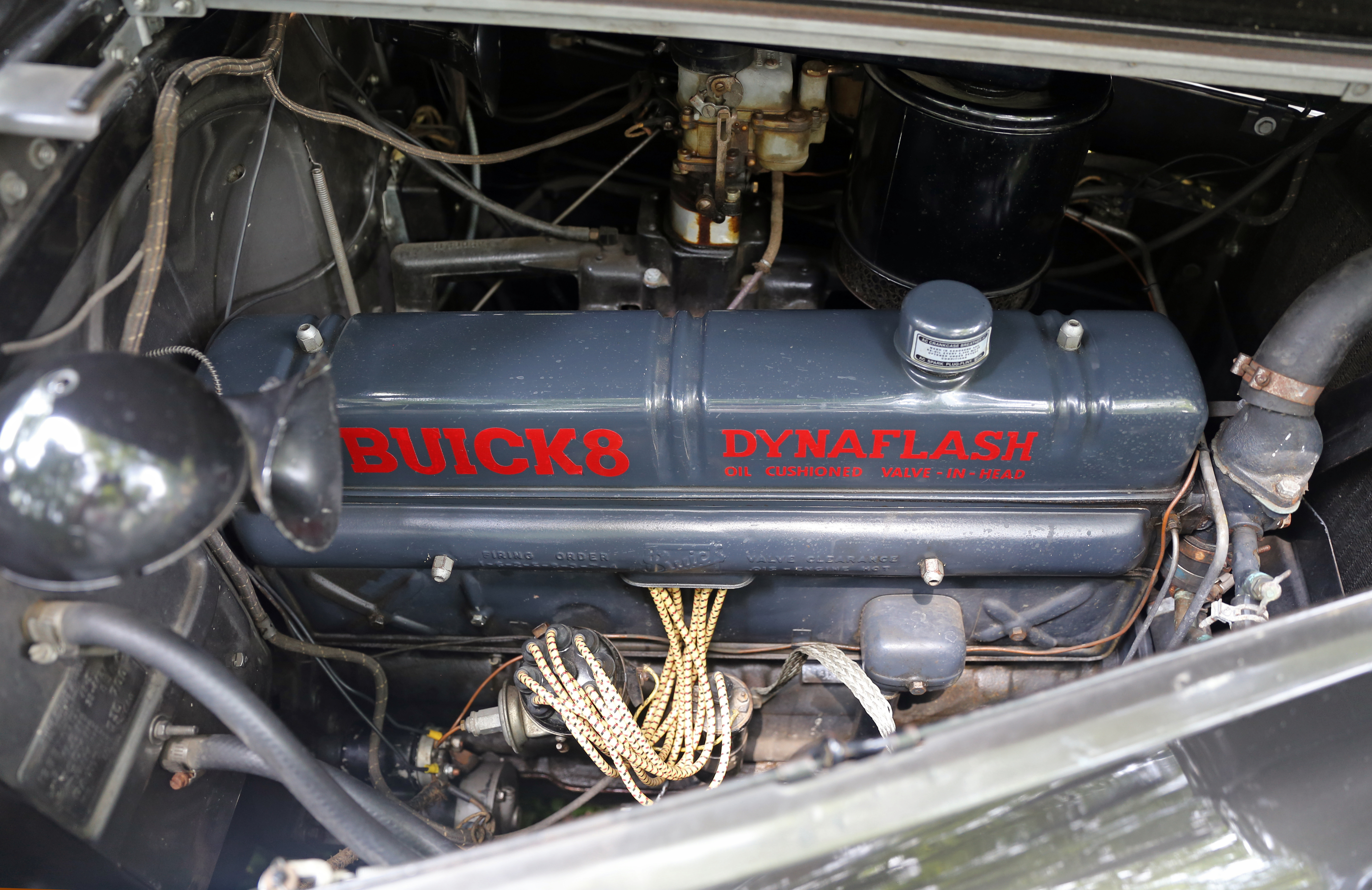


.jpg)